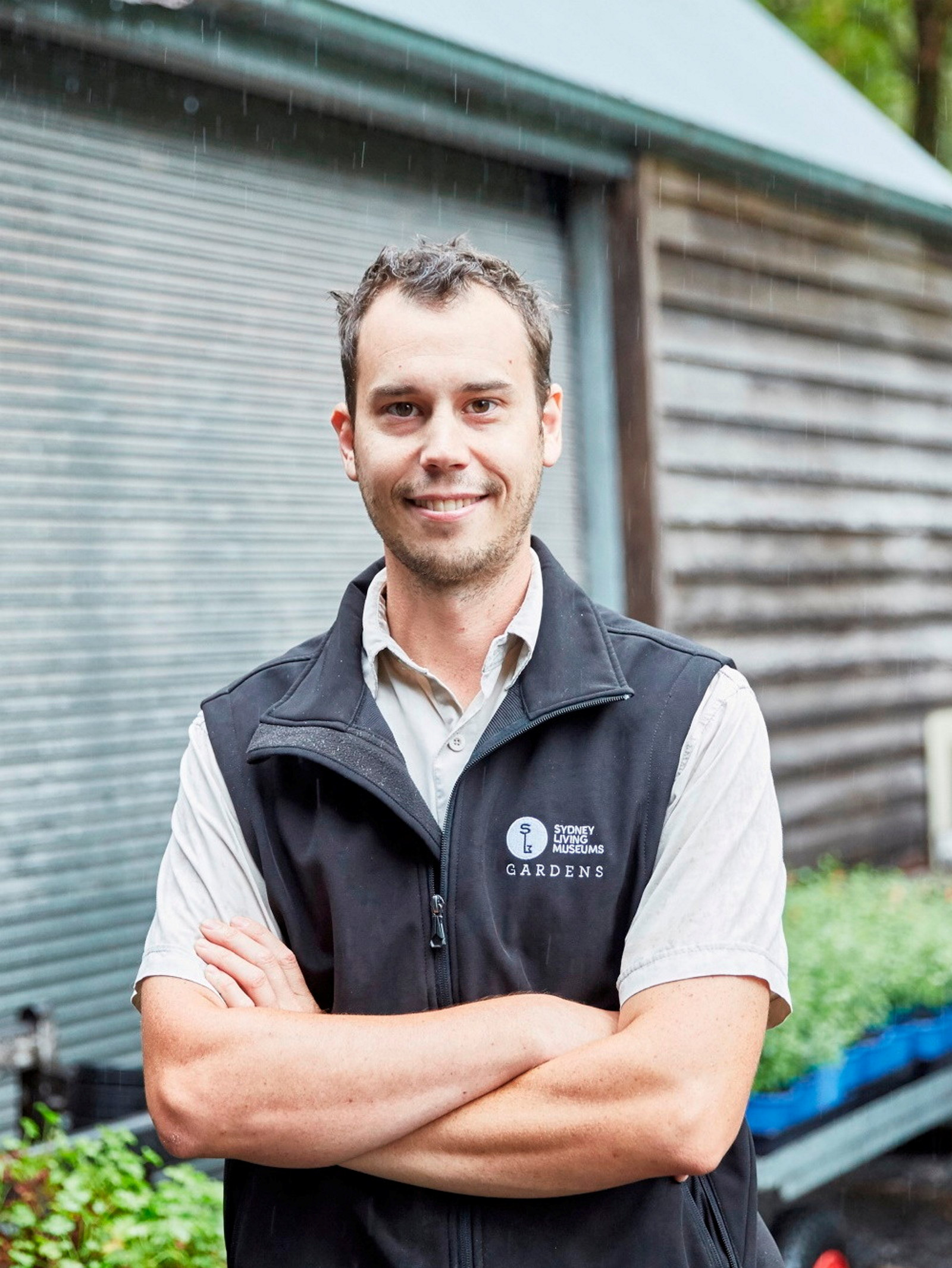Busy as a bee at Rouse Hill Estate
As you may have seen from our previous posts we like to organise working bees at our MHNSW properties throughout the year to get staff involved and out of the office; it also helps us to get on top of those jobs that have fallen behind or been forgotten about and the help of many hands definitely produces great results. For some of our staff the working bees can also be a chance to get to visit and know the property for their first time, as the majority of our staff are based at our head office in the city, The Mint.
This time round it was Rouse Hill Estate’s turn for a big spring clean up. With around 20 staff and volunteers turning up to offer their time we firstly got the formalities and safety requirements completed and then everyone had the choice of one of 4 jobs. These included: weeding and mulching the carpark with the Gardens Team, raking and sweeping the paths and drains surrounding the main house with the Curator, pulling Fire Weed (Senecio madagascariensis) from the sheep paddock with the Farm Manager or lastly cleaning of the Visitors Centre with the Visitor Services coordinator. Everyone chose their teams, rolled up their sleeves, put on their gloves and hats and we were away. The Gardens team had 15 cubic metres of wood chip delivered to mulch the gardens in the carpark and entry, starting from the front gates the mulch was applied in a nice thick layer that will aid with water retention and weed suppression. Having so little rainfall in the past few months we need to do everything we can to make sure any rain or watering that happens soaks in and gets to the roots.
Curator Scott Hill took his group up towards the house where the Moreton Bay Figs (Ficus macrophylla) and other trees have been constantly dropping leaves to help compensate for the moisture stress, again due to the prolonged lack of rainfall. Together the group raked the majority of the paths and drives and swept out the old brick drains that surround the house and gardens. Later that afternoon the garden team then came through and removed all the piles that had been left behind, leaving the paths looking rather inviting for a nice stroll.
After moving the horse to another paddock, the farm manager took his group into the sheep paddock opposite the carpark to make some headway on the very invasive fireweed that was sprouting up. Together the group filled almost 4 wheelie bins, which I think was a great effort for the day.
The last group stuck around the visitor’s centre, where they gave the building back its shine by washing and cleaning the walls and deck, removing cobwebs, cleaning windows and dusting. Its now looking much better for visitors who come to see the house and gardens.
Coincidentally the work all took place in the inaugural Australian Gardening Week (8th – 14th October) which aims to celebrate the joys of gardening and to highlight the associated environmental, health and social benefits gained from involvement in gardens. I’m hoping we can organinse something to be involved again next year too.
Published on
Plant your history
Browse all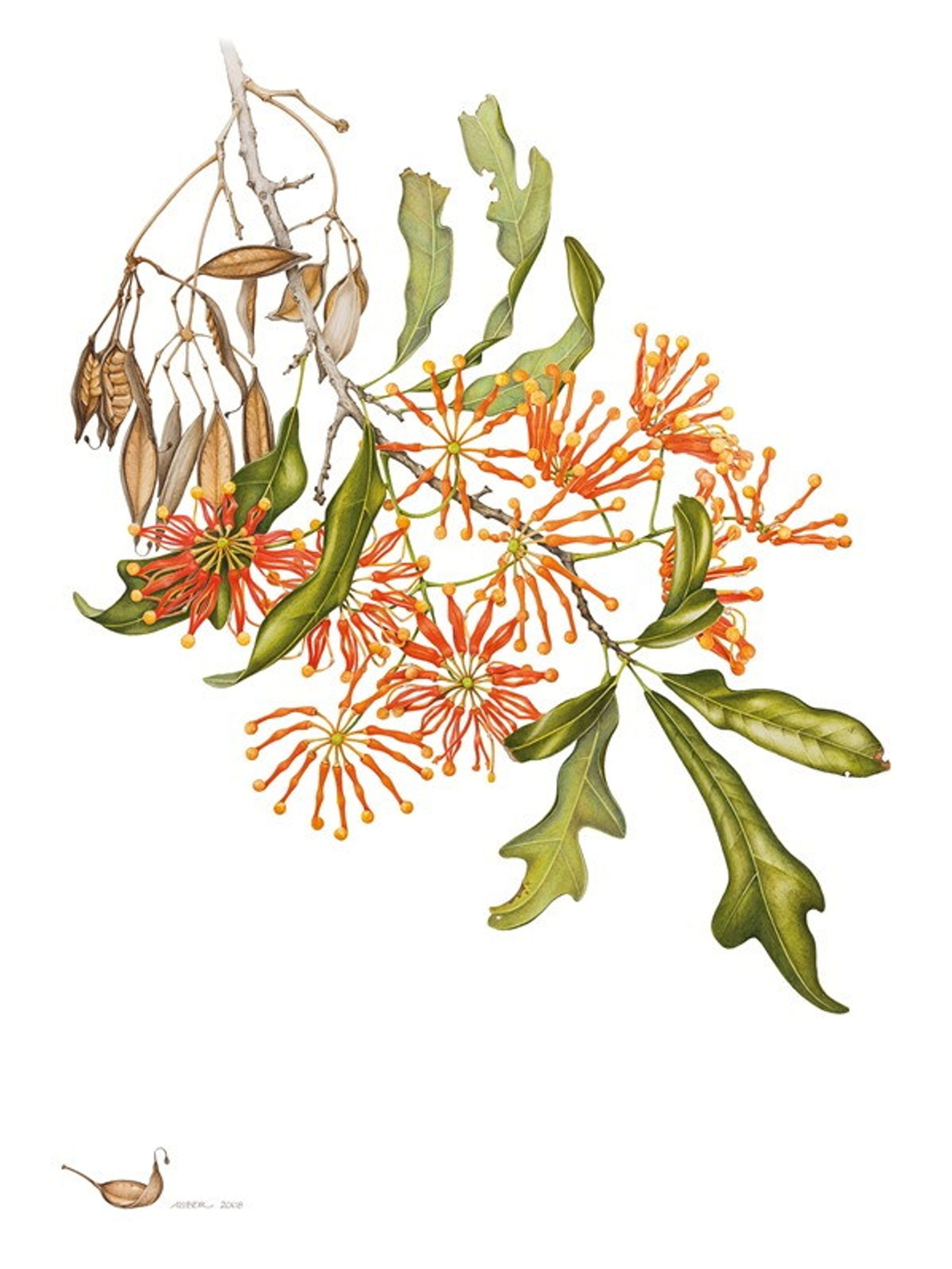
Florilegium plants
A gathering of flowers: the Florilegium collection
Finely detailed botanical artworks reveal the range of plants introduced to Sydney’s gardens over the past 200 years
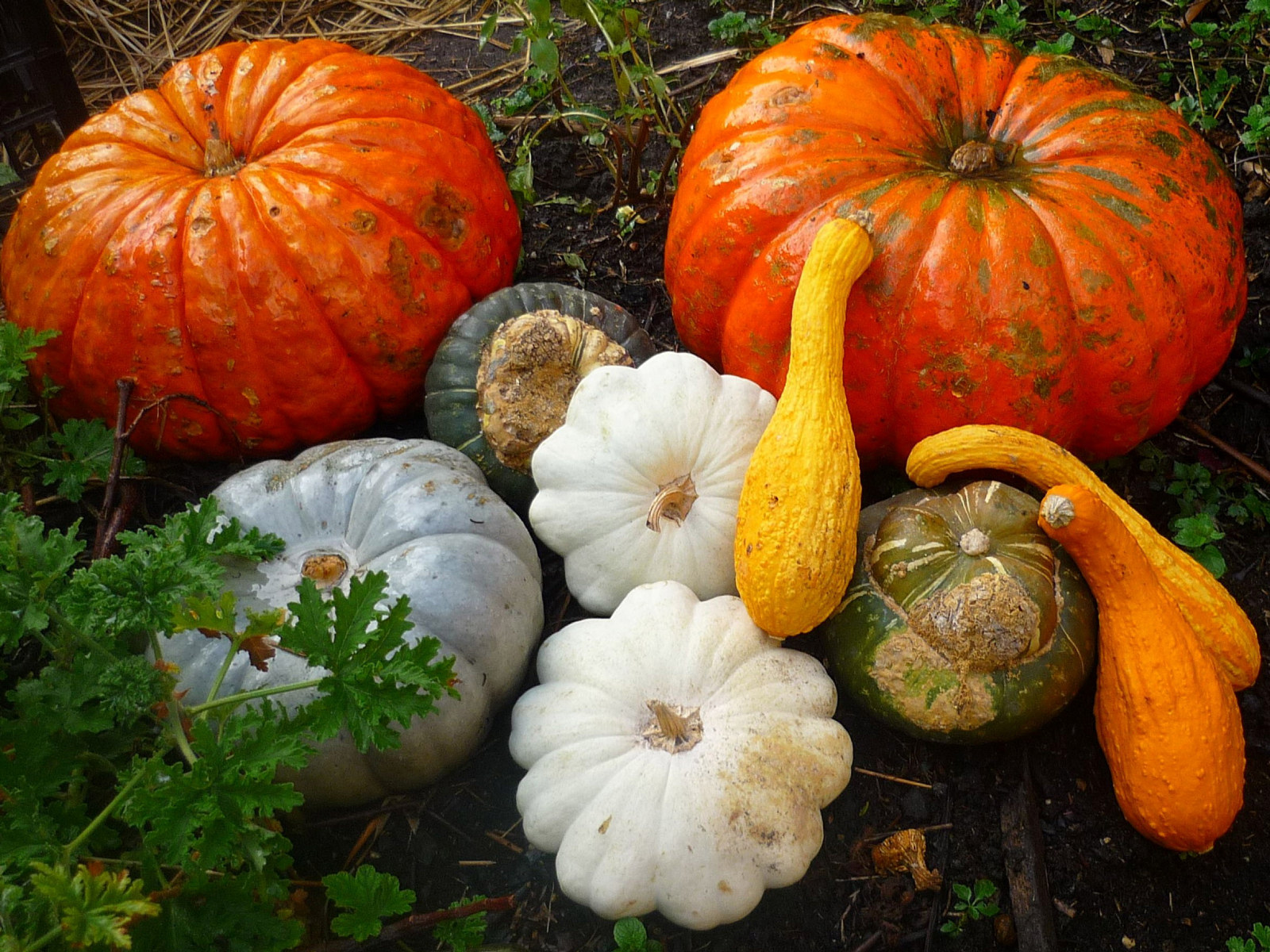
Plant your history
A harvest of melons and pumpkins
Learn how to care for your cucurbits with horticulturist Anita Rayner, read about the great watermelon heist of 1811 and discover some forgotten heirloom varieties
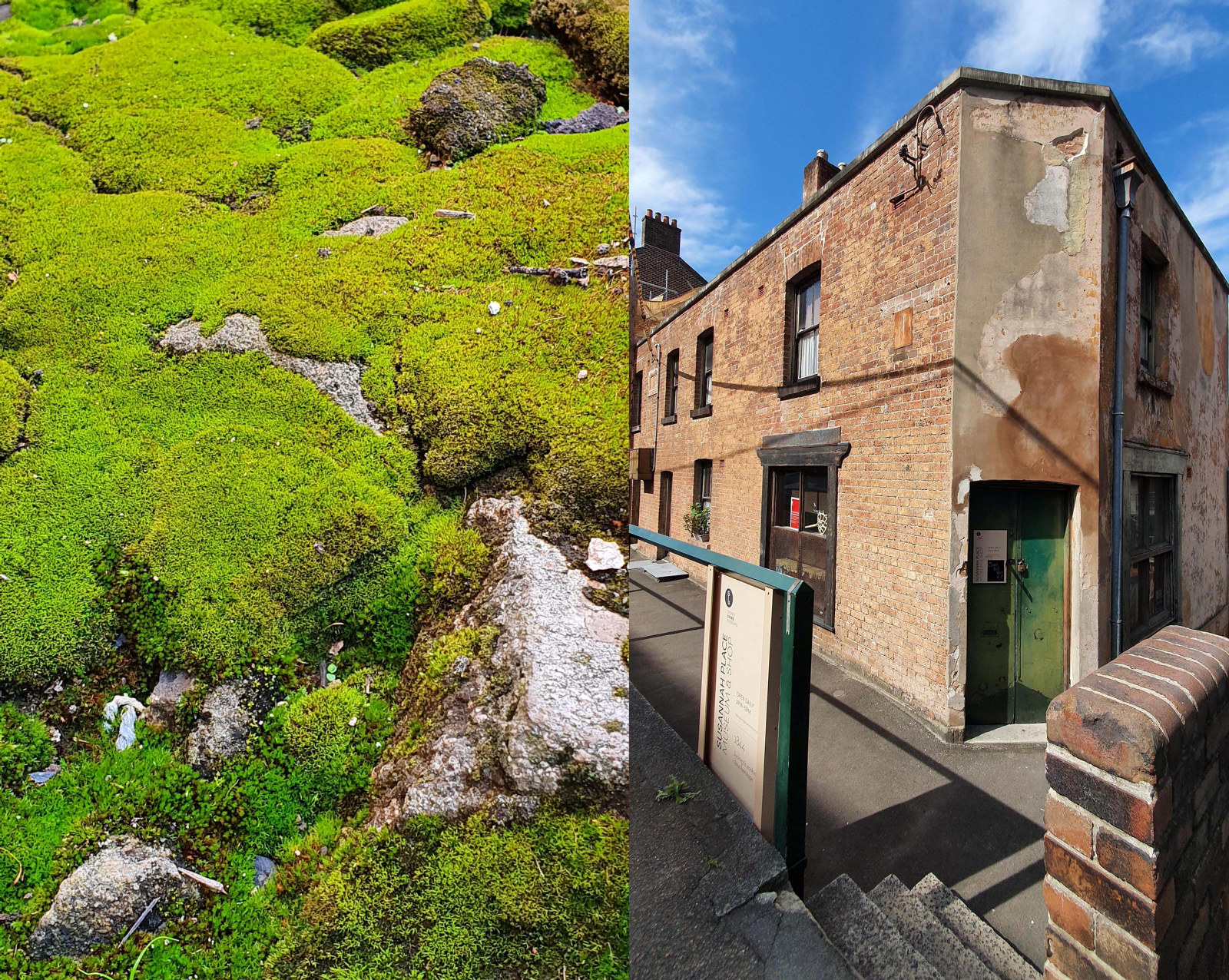
Plant your history
A mossy analogy for Susannah Place: small but mighty
Mosses are everywhere! They are small, mighty, unsung and inhabit the most unusual places. They can be found in all our museum outdoor spaces if one looks closely enough
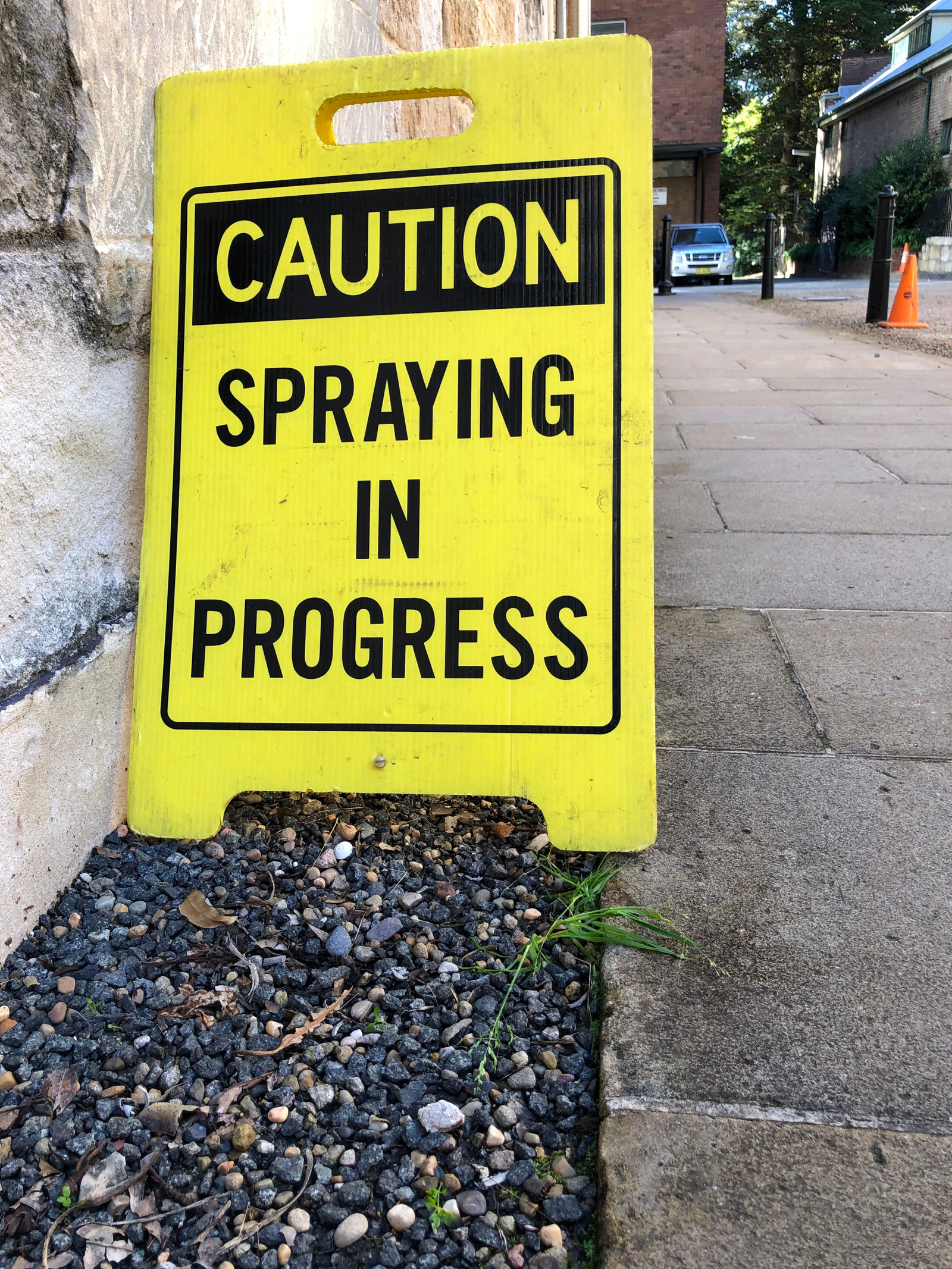
Plant your history
A new weapon in the war on weeds
A black and yellow sign warns me there is “Spraying in Progress”, and I wonder for a moment why no one is wearing a mask, or even gloves. But the dangerous looking mist enveloping these men is not what it seems
